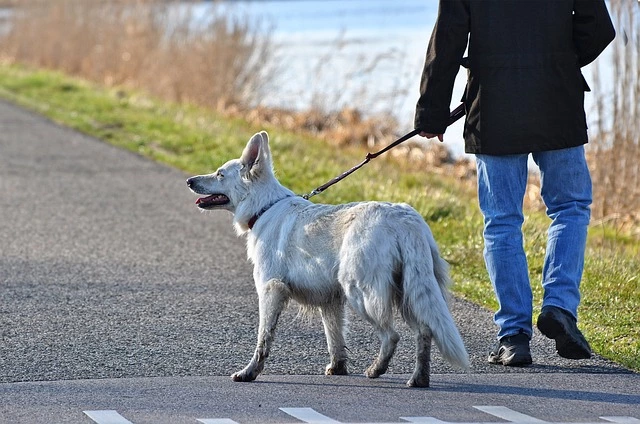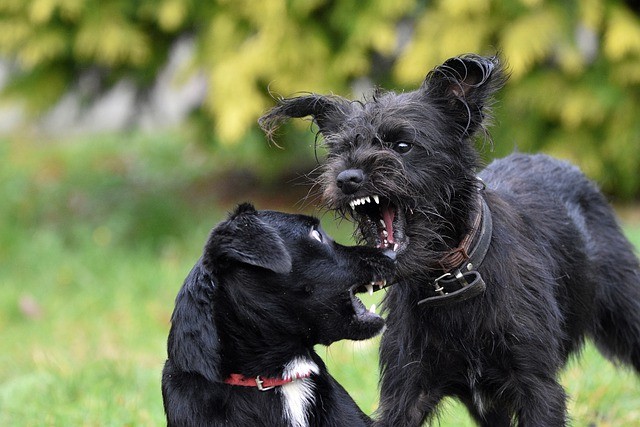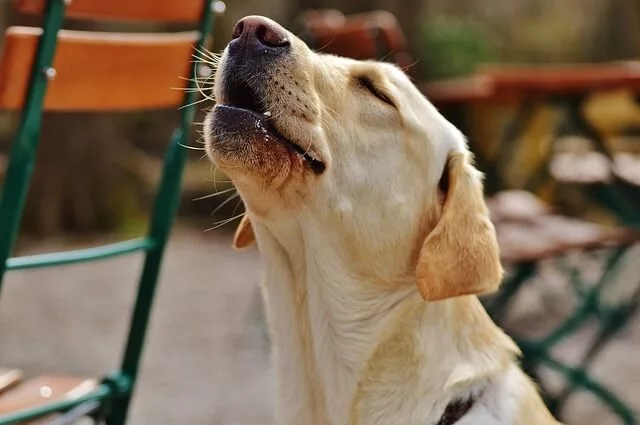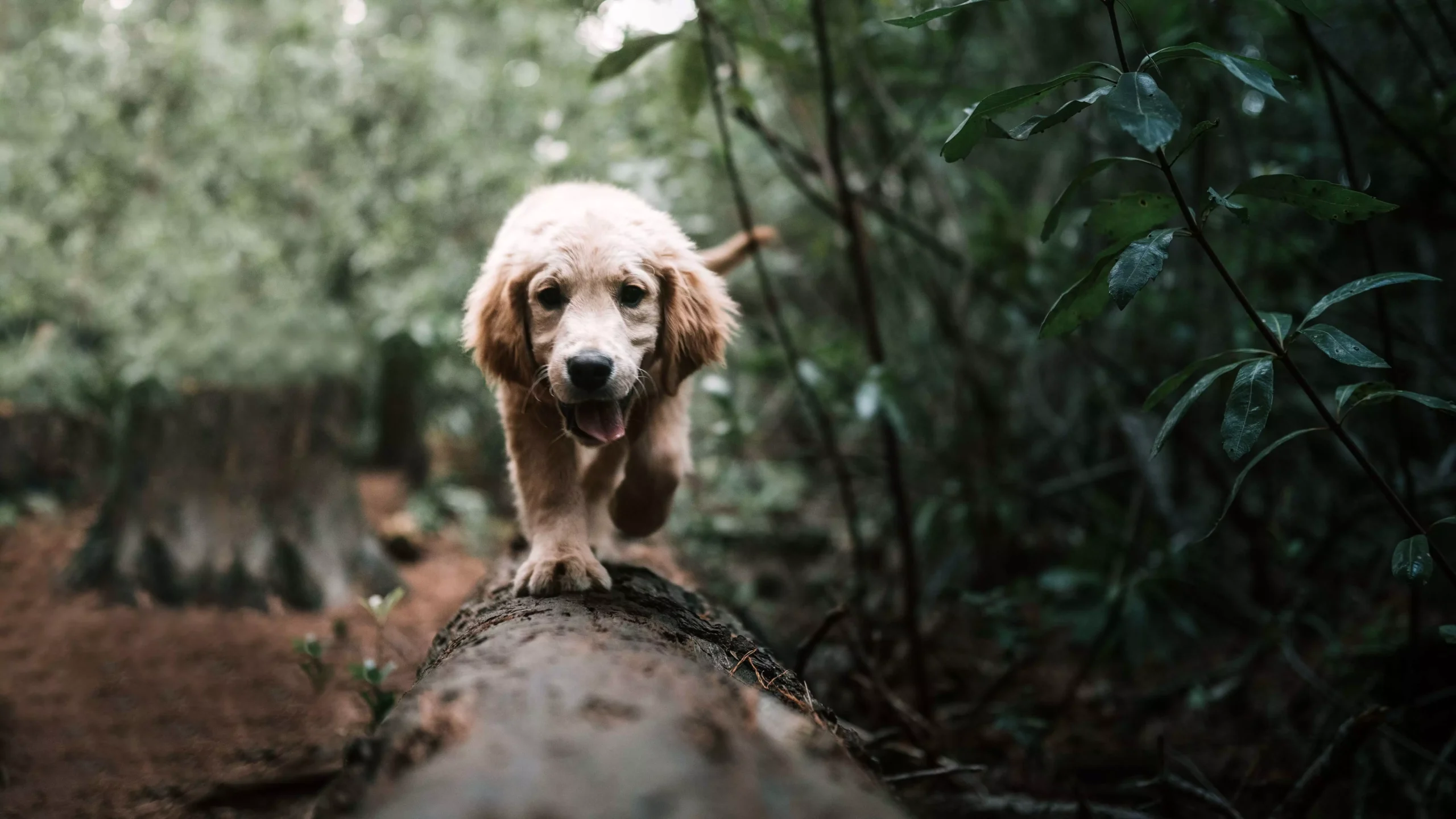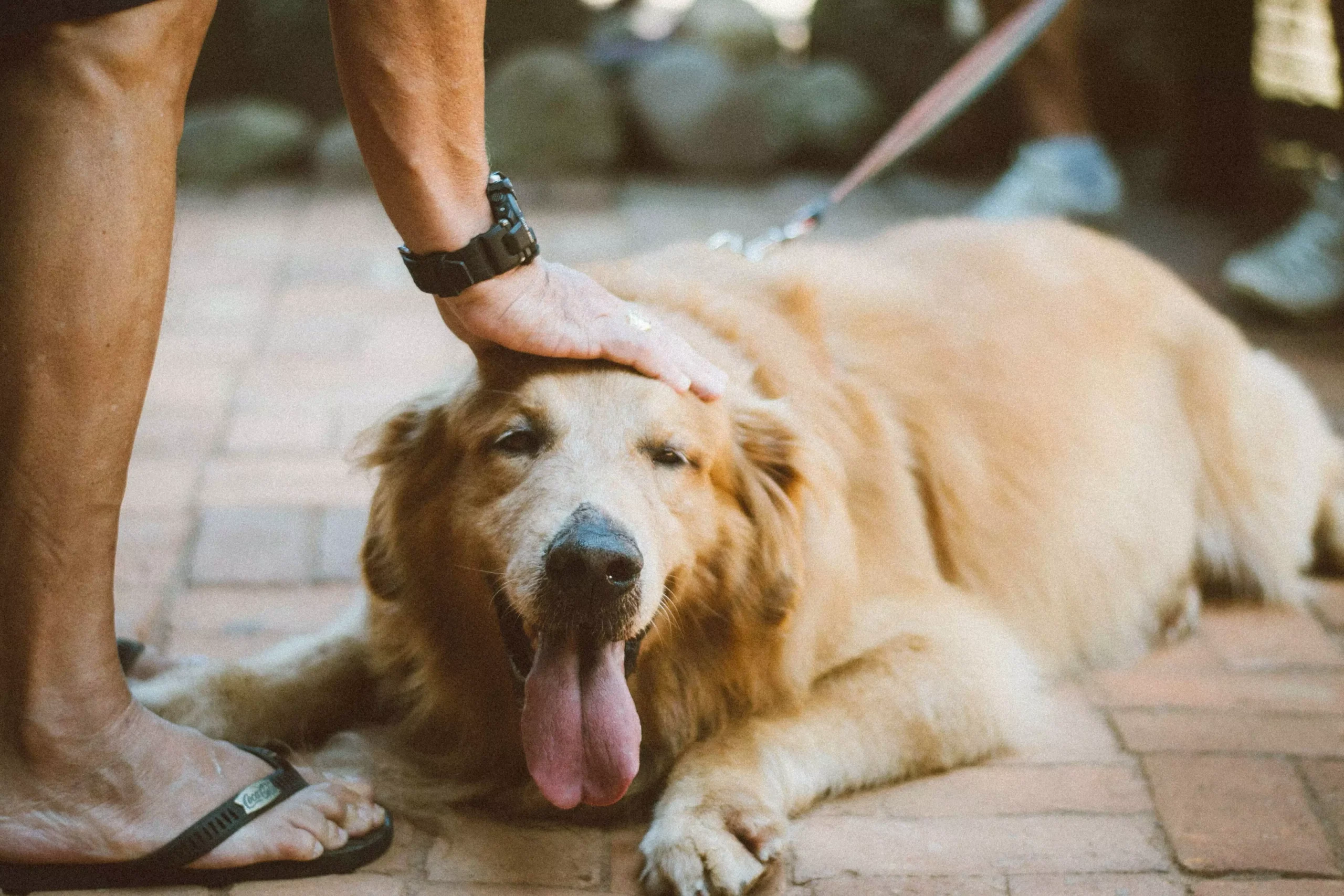Teaching your dog to hold an object or carry a small item in their mouth is not only an impressive skill, but also a practical one. From fetching the morning newspaper to helping with household chores, teaching your furry friend to hold an object can enhance their abilities and strengthen the bond between you. In this article, we will explore effective techniques and tips to teach your dog to hold an object, ensuring a successful learning experience for both of you.
Before diving into the training process, it’s essential to understand the benefits of teaching your dog to hold an object. Here are a few reasons why this skill is worth investing time and effort in:
1. Enhanced Retrieval Skills: Teaching your dog to hold an object helps improve their overall retrieval skills, making them more proficient at fetching and carrying items.
2. Assistance with Daily Tasks: Having your dog hold objects can be incredibly useful for performing daily chores such as fetching the mail, bringing your slippers, or even carrying lightweight shopping bags.
3. Mental Stimulation: Learning new skills provides mental stimulation for your dog, preventing boredom and potentially destructive behavior.
4. Bond Strengthening: Training your dog to hold an object fosters a deeper bond between you and your furry companion, as it requires trust, patience, and cooperation.
Now that you understand the benefits, let’s explore some effective techniques to train your dog to hold an object:
1. Start with Basic Commands: Before diving into the holding aspect, ensure your dog has a solid foundation in basic commands such as “sit,” “stay,” and “drop it.” These commands lay the groundwork for more complex skills.
2. Choose the Right Object: Begin by selecting a small, lightweight object that is easy for your dog to hold in their mouth. A soft toy or a small plastic item with rounded edges works well.
3. Introduce the Object: Familiarize your dog with the object by allowing them to sniff and investigate it. Encourage positive associations by offering treats and praise when they interact with the object willingly.
4. Teach the “Hold” Command: Hold the object in front of your dog’s nose and say “hold” in a clear, firm tone. As your dog opens their mouth to sniff or touch the object, reward them with a treat and praise. Repeat this several times until your dog associates the command with the action.
5. Gradually Increase Duration: Once your dog understands the “hold” command, gradually increase the duration they hold the object before receiving a reward. Start with a few seconds and gradually work your way up to a minute or longer.
6. Introduce Movement: Once your dog can hold the object for an extended period, introduce movement by taking a step or two while they hold it. This helps them understand that holding an object may involve walking alongside you.
7. Generalize the Skill: Practice the “hold” command with various objects, gradually increasing their size and weight. This helps your dog generalize the skill and become comfortable holding a wide range of items.
Here are some frequently asked questions about teaching dogs to hold an object:
1. Q: Can any dog learn to hold an object?
A: Yes, any dog can learn to hold an object. However, some breeds may find it easier due to their natural instincts or mouth structure.
2. Q: How long does it take to teach a dog to hold an object?
A: The duration varies depending on the dog’s age, previous training experience, and individual learning abilities. On average, it may take a few weeks of consistent training sessions to achieve proficiency.
3. Q: Can teaching my dog to hold an object be harmful in any way?
A: When done correctly, teaching your dog to hold an object is not harmful. However, always ensure that the objects used are safe, non-toxic, and appropriate for your dog’s size and breed.
4. Q: What if my dog doesn’t want to hold the object?
A: If your dog shows reluctance, take a step back and reinforce the basic commands before reintroducing the object. Patience and positive reinforcement are key in overcoming any initial resistance.
Teaching your dog to hold an object is a rewarding endeavor that enhances their skills, intelligence, and the bond you share. By following the effective techniques outlined in this article and understanding your dog’s individual needs, you can unlock their potential and enjoy the countless benefits of their newfound abilities. Embrace the journey, and remember, patience and consistency are the keys to success in training your furry friend.



